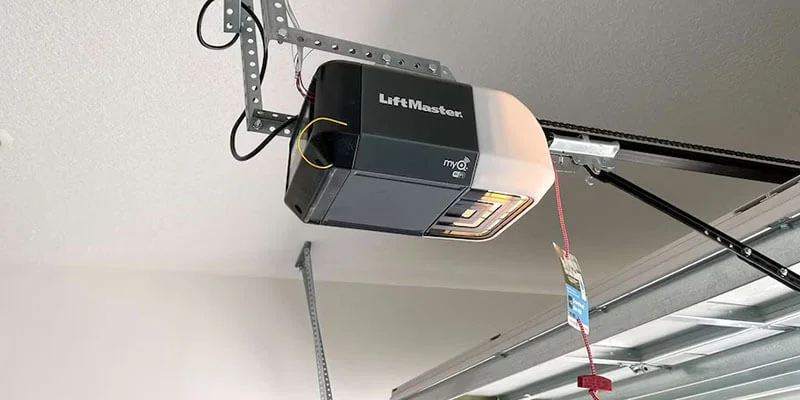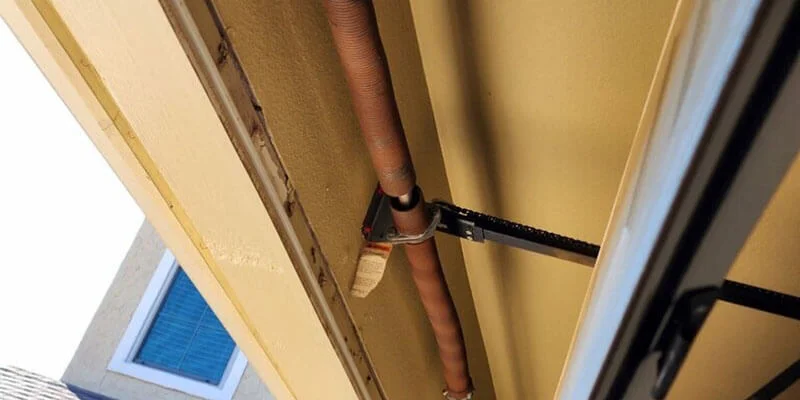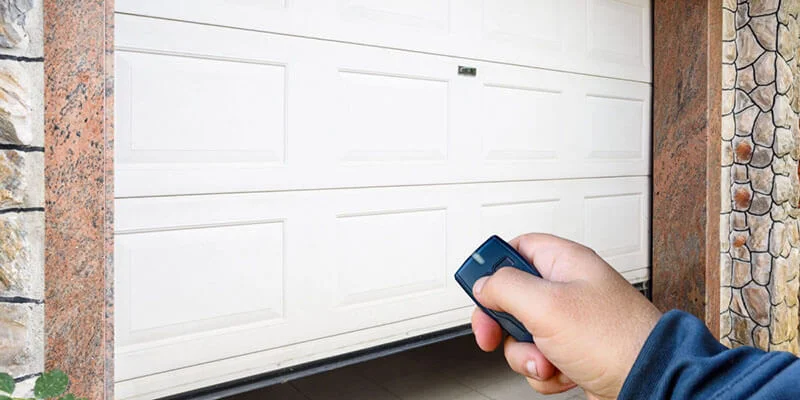If you’re struggling to breathe or feel uncomfortable in your home or office, consider testing and improving your indoor air quality. Bad indoor air can lead to allergy flare-ups, breathing difficulty, eye irritation, headaches, fatigue, and other uncomfortable symptoms. Solutions like a UV air purifier can help keep indoor air clean for improved health and comfort. Here are ways to improve your office or home’s indoor air quality:
1. Keep the Environment Clean
Surfaces like floors, walls, carpets, and furniture are prone to dust, dirt, mold spores, food particles, and other allergens. Cleaning these surfaces regularly can help remove these contaminants and create a healthier space. Vacuum your carpet and couch once or twice a week using a vacuum cleaner with a HEPA filter. Do it more frequently if you have pets. Use the right detergent and water to remove dust and dirt from floors and walls. Regularly inspect areas most susceptible to mold and remove them if present. If you’re a busy individual, you can always hire professional cleaning services.
2. Get a UV Air Purifier
Sometimes even after cleaning, some contaminants may remain in the air and cause discomfort. A UV air purifier can capture and help eliminate toxic gases, allergens, viruses, bacteria, and other allergy triggers. It can also remove odors. When the air enters the UV air purifier, it first passes through medical-grade HEPA filtration to capture pet dander, dirt, dust, VOCs, smoke, pollen, and mold. The air then passes through advanced technology and germicidal UVC for disinfection. The results are cleaner, safer-to-breathe air. UV air purifiers do not release by-products, making them environmentally safer.
3. Change AC Filters
Your air conditioner uses air filters to trap contaminants before entering the system and circulating into the indoor atmosphere. These air filters may trap dust and dirt as time passes, potentially clogging them. That can make them ineffective for trapping airborne irritants, and sometimes their trapped contaminants may escape and get into your indoor environment. Inspect your AC filters regularly and replace them when necessary. Consider inspecting and replacing air filters for other appliances, such as vacuum cleaners and air purifiers. You may also consider air duct cleaning to remove dust accumulating in these vents.
4. Improve Ventilation
Indoor pollutant levels start low and increase as people continue using various surfaces and products. If the ventilation is poor, contaminants build up and affect indoor air quality. Proper ventilation helps reduce the concentration of these pollutants while boosting fresh air circulation. It removes stale air, reduces odors, and controls humidity levels. When airflow is better, occupants can enjoy a healthier environment. That can help reduce the risk of respiratory issues and other health problems caused by poor air quality. Even if it’s cold outside, opening even a few windows can make a huge difference. As long as the outdoor air is clean, open windows and doors to let fresh air in and stale air out.
5. Limit the Use of Products Containing VOCs
Volatile organic compounds (VOCs) in paints, cleaning products, and air fresheners can release harmful chemicals into the air. They can lead to respiratory issues, headaches, and other health issues. Choosing low-VOC or VOC-free alternatives and using natural cleaning products can significantly reduce indoor air pollution. Proper ventilation while using such products can minimize their concentration in the air. Storing products containing VOCs outside living spaces can also help prevent their continuous release. When you check the products you bring into your homes and workplace, you may avoid further polluting the air.
6. Use Houseplants for Indoor Air Cleaning
Houseplants can improve indoor air quality by purifying the air naturally. They absorb carbon dioxide through photosynthesis and release oxygen, freshening the air. Some plants can also filter out toxins like formaldehyde, benzene, and ammonia, products commonly found in indoor environments. Popular plants that purify the air include spider plants, dracaena, peace lilies, and snake plants. Houseplants not only promote a healthier living or working space, but they also enhance aesthetics.
Take Steps To Improve Indoor Air Quality
Bettering indoor air quality should be a priority for the health and safety of everyone. These steps can improve indoor air quality at home and at an office. Consider investing in a UV air purifier with HEPA filters to trap dust mites, dust, pollen, and other pollutants that may lead to allergies or illness. Take proactive measures to create a healthier breathing environment for yourself and the other occupants of your home or office.


















